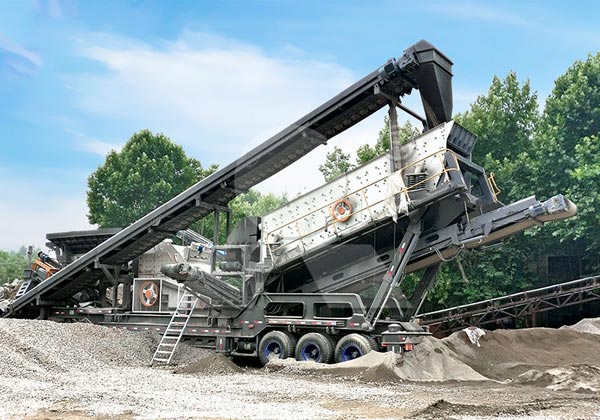In the modern construction and mining industries, the demand for high-quality gravel and aggregates continues to grow. This demand is driven by infrastructure development, urban expansion, and road construction projects. To meet this demand efficiently, many producers are turning to mobile crushing stations—a revolutionary solution that combines high efficiency, flexibility, and cost-effectiveness.
What Is a Mobile Crushing Station?
A mobile crushing station, also known as a mobile crusher plant, is a portable crushing unit that integrates feeding, crushing, and screening equipment on a single chassis or frame. Unlike traditional stationary crushing plants, mobile crushers can be moved easily to different sites, allowing on-site gravel production. This mobility greatly reduces transportation costs and enhances operational flexibility.

Advantages of Mobile Crushing Stations in Gravel Production
1. Mobility and Flexibility
Mobile crushing stations can be transported to remote or urban construction sites, allowing gravel production directly where it’s needed. This reduces the need to haul raw materials or finished products over long distances, saving time and money.
2. Reduced Capital Investment
Setting up a stationary crushing plant requires significant investment in infrastructure and logistics. Mobile crushers, being self-contained units, require minimal setup, which lowers upfront capital costs and speeds up deployment.
3. Versatility
Mobile crushing stations come with a range of crushers—jaw crushers, impact crushers, cone crushers—allowing operators to tailor the crushing process to the specific type of gravel or aggregate required. They can process various raw materials such as river rock, limestone, basalt, or granite.
4. High Efficiency
Equipped with advanced technology, mobile crushing stations offer high crushing efficiency with optimized crushing circuits. Combined with integrated screening systems, these units ensure the production of gravel with consistent size and quality, meeting industry standards.
5. Environmental Benefits
Mobile crushing reduces the need to transport bulky materials, lowering carbon emissions. Many modern mobile crushers also incorporate dust suppression and noise reduction systems to minimize environmental impact on the site and surrounding communities.
Key Components of a Mobile Crushing Station
-
Feeding System: A hopper and vibrating feeder supply raw material to the crusher continuously and evenly.
-
Crushing Unit: Depending on the application, the unit may include jaw crushers (for primary crushing), impact crushers (for softer materials), or cone crushers (for secondary and tertiary crushing).
-
Screening Equipment: Vibrating screens classify crushed material by size, ensuring only gravel of the required grade moves forward.
-
Conveyors: Belt conveyors transport material between crushing and screening units and to final stockpiles.
-
Control System: Centralized control panels allow operators to monitor and adjust all processes remotely, enhancing safety and efficiency.
Challenges and Considerations
While mobile crushing stations offer numerous benefits, selecting the right model requires careful consideration of site conditions, production capacity, raw material type, and budget. Operators should also ensure regular maintenance and skilled operation to maximize the equipment’s lifespan and output.
Mobile crushing stations have revolutionized gravel production by offering unmatched flexibility, efficiency, and environmental benefits. For construction projects demanding on-site aggregate processing, these mobile units deliver a practical solution that reduces costs and accelerates timelines. As technology advances, mobile crushers will continue to play a vital role in meeting the world’s growing demand for quality gravel.

